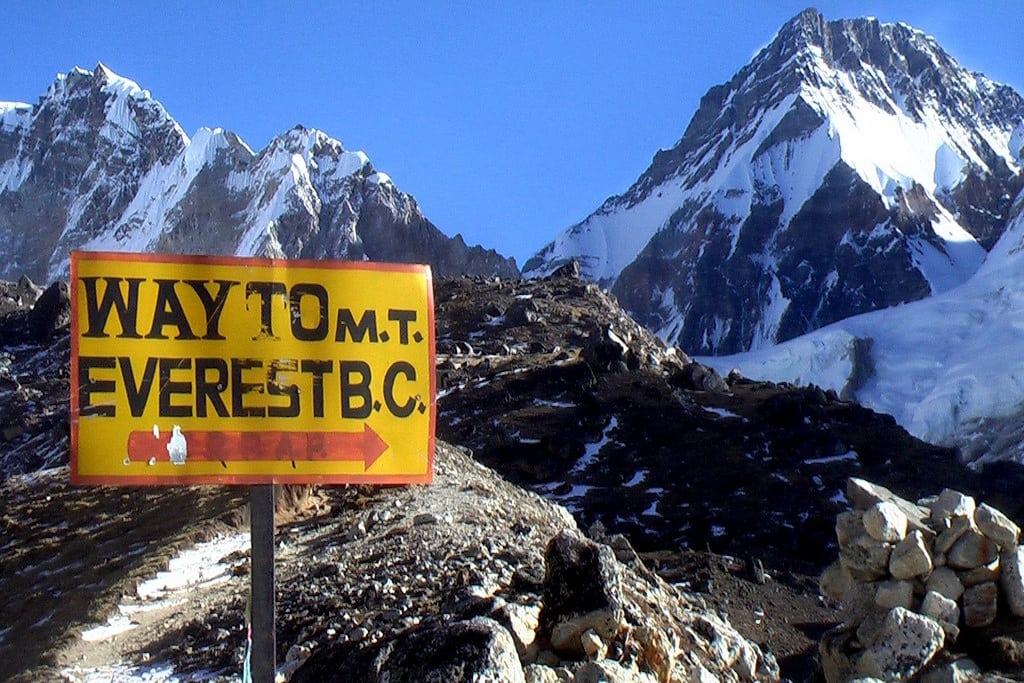The layman's guide to hiking the Himalayas

Skift Take
True mountain climbers bemoan the proliferation of guided tours and housing on the Himalayans mountains, but local governments welcome the untrained high-spending tourists with open arms.
Hindu scriptures say that in "a hundred ages of the gods" you could not do justice to the Himalayas. So where do mere mortals start? Knowing where to go in an area 10 times the size of France is daunting, especially when just getting there is expensive. Everest gets most of the headlines, but the Himalayas are vast, especially when you include mountain ranges west of the Indus – the Pamir, Hindu Kush and Karakoram.
This 4,000km crescent, stretching from Kyrgyzstan to Burma, is a geography of superlatives – the highest mountains, the deepest gorges, tracts of wild forest, the rolling high plateau of Tibet plus, in Bhutan and the Indian state of Assam in the eastern Himalayas, some of the greatest biodiversity on the planet.
Then there are the people. It is true that in some areas the Himalayas are wild and barely populated, but in most there is an incredible diversity of cultures that have adapted to surviving in an environment that can be exceptionally hostile as well as incredibly beautiful.
These huge peaks are also the meeting point for three of the world's great religions: Islam in the west, Hinduism to the south and Tibetan Buddhism to the north.
It's an incredibly dynamic region. New roads and airports are making some areas more accessible, while diminishing the appeal of others, like the famous Annapurna Circuit in Nepal.
Political change has also altered horizons. Mountains along the northern border of Burma have recently become accessible for the first time in decades, while visa restrictions and unrest in Tibet have made travelling there more difficult.
Trekking is also changing. Many assume walking in the Himalayas is only for rugged types who enjoy roughing it. That was true in 1953, when Everest was first climbed and trekking tourism didn't exist. Now there are new ways to experience the Himalayas: luxury lodges for those looking to take in the views with a bit of comfort; treks that focus as much on culture as scenery; and new lodges and homestays for those who want to relax and get beneath the surface of Himalayan life.
The walking itself is usually not too difficult, no more so than in the Lake District – apart from the altitude, of course. It's the altitude, along with problems of travelling in one of the least developed regions of Asia and fears about hygiene, that put some people off. Staying healthy in the Himalayas is certainly more difficult than it is at home, but if you
